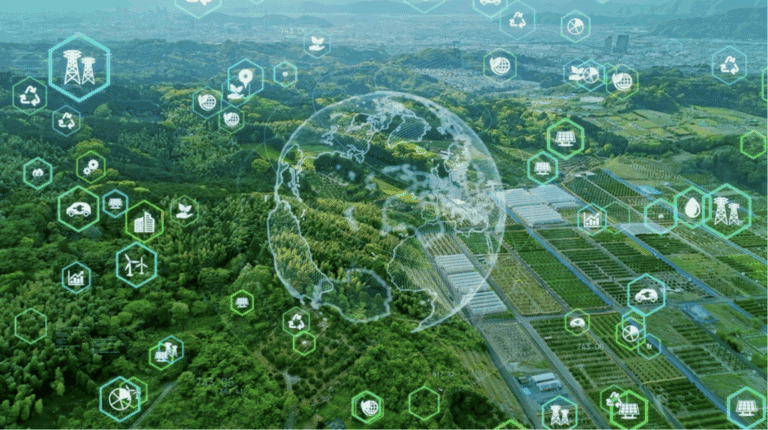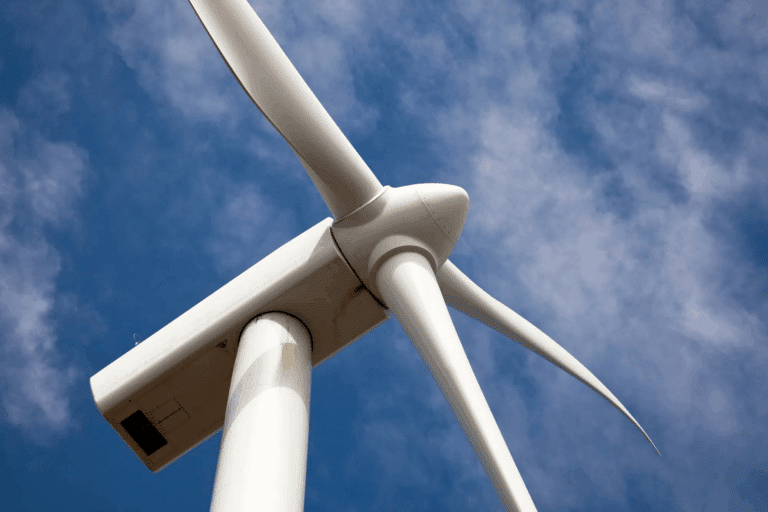This report represents the research and views of the author. It does not necessarily represent the views of the Center on Global Energy Policy. The piece may be subject to further revision. Contributions to SIPA for the benefit of CGEP are general use gifts, which gives the Center discretion in how it allocates these funds. More information is available at Our Partners. Rare cases of sponsored projects are clearly indicated. For a full list of financial supporters of the Center on Global Energy Policy at Columbia University SIPA, please visit our website at Our Partners. See below a list of members that are currently in CGEP’s Visionary Annual Circle.
-
CGEP’s Visionary Annual Circle
-
(This list is updated periodically)
Jay Bernstein
Breakthrough Energy LLC
Occidental Petroleum Corporation
Executive Summary
Despite growing efforts to drastically cut carbon dioxide (CO2) emissions and address climate change, energy outlooks project that the world will continue to rely on certain products that are currently carbon-intensive to produce but have limited alternatives, such as aviation fuels and concrete. Recycling CO2 into valuable chemicals, fuels, and materials has emerged as an opportunity to reduce the emissions of these products. In this way, CO2 recycling is a potential cornerstone of a circular carbon economy that can support a net-zero future. However, CO2 recycling processes have largely remained costly and difficult to deploy, underscoring the need for supportive policies informed by analysis of the current state and future challenges of CO2 recycling.
This report, part of the Carbon Management Research Initiative at Columbia University’s Center on Global Policy, examines 19 CO2 recycling pathways to understand the opportunities and the technical and economic limits of CO2 recycling products gaining market entry and reaching global scale. The pathways studied consume renewable (low-carbon) electricity and use chemical feedstocks derived from electrochemical pathways powered by renewable energy. Across these CO2 recycling pathways, the authors evaluated current globally representative production costs, sensitivities to cost drivers, carbon abatement potential, critical infrastructure and feedstock needs, and the effect of subsidies. Based on this analysis, the paper concludes with targeted policy recommendations to support CO2 recycling innovation and deployment.
Key findings of the analysis include the following:
- CO2 recycling pathways could deliver deep emissions reductions. When supplied by low-carbon electricity and chemical feedstocks, CO2 recycling pathways have the combined potential to abate 6.8 gigatonnes of CO2 per year (GtCO2/yr) when displacing conventional production methods.
- Some CO2 recycling pathways have reached market parity today, while the costs of remaining pathways are high. Electrochemical carbon monoxide (CO) production, ethanol from lignocellulosic biomass, concrete carbonation curing, and the CarbonCure concrete process all have an estimated cost of production (ECOP) lower than the product selling price. These pathways have a combined carbon abatement potential of 1.6 GtCO2/yr. Most remaining pathways have an ECOP of 2.5 to 7.5 times greater than the product selling price. In particular locations and contexts, ECOP may be substantially lower, but these costs are representative of CO2 recycling at global scale.
- Catalyst performance and input prices are the main cost drivers. The largest component of ECOP is electricity and chemical feedstock costs, and the main cost drivers are those who influence these two cost components. For electrochemical pathways, ECOP is most sensitive to catalyst product selectivity (the ability of the catalyst to avoid unwanted side reactions), catalyst energy efficiency, and electricity price. For thermochemical pathways, the largest cost drivers are product selectivity, chemical feedstock price, and the price of the electricity used to make the feedstocks.
- CO2 recycling at the scale of current global markets would require enormous new capacity of critical infrastructure. Each pathway at global scale would consume thousands of terawatt hours of electricity, 30–100 million metric tons (Mt) of hydrogen, and up to 2,000 Mt of CO2 annually. This would require trillions of dollars of infrastructure per pathway to generate and deliver these inputs, including a combined 8,400 gigawatts (GW) of renewable energy capacity and 8,000 GW of electrolyzer capacity across all pathways.
Based on these findings, the authors recommend the following set of policy actions:
- Ensure CO2 recycling pathways are fed by low-carbon inputs. Without low-carbon electricity and feedstocks, CO2 recycling could potentially be more carbon-intensive than conventional production.
- Prioritize certain pathways strategically. CO2 recycling methane and ethane production are extremely uneconomic and should be deprioritized. All other pathways are more economically promising and could be the focus of a targeted innovation agenda to reduce costs. In addition, the following pathways that have an ECOP less than 5 times the selling price could be prioritized for early market growth: electrochemical CO production, green hydrogen, ethanol from lignocellulosic biomass, concrete carbonation curing pathways, CO2 recycling urea production, and CO2 hydrogenation to light olefins, methanol, or jet fuel.
- Target research, development, and demonstration (RD&D) to catalyst innovation to bring down ECOP and reduce input demand. Policy makers can promote RD&D to improve the selectivity and energy efficiency of CO2 recycling catalysts. By decreasing a pathway’s consumption of electricity and feedstocks, these innovations would both decrease ECOP and alleviate the sizable critical infrastructure needs.
- Create demand pull for early market CO2 recycling products. Governments can use demand pull policies such as public procurement standards to bolster early markets for the most mature CO2 recycling pathways.
- Promote build-out of critical infrastructure. To provide for the substantial infrastructure needs of CO2 recycling, policy makers can seek to remove barriers to and catalyze investment in building renewables installations, transmission lines, electrolyzers, and CO2 transport pipelines.





